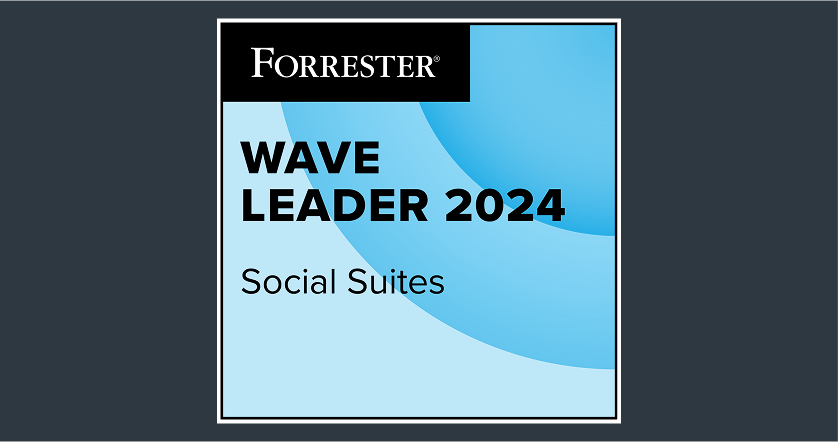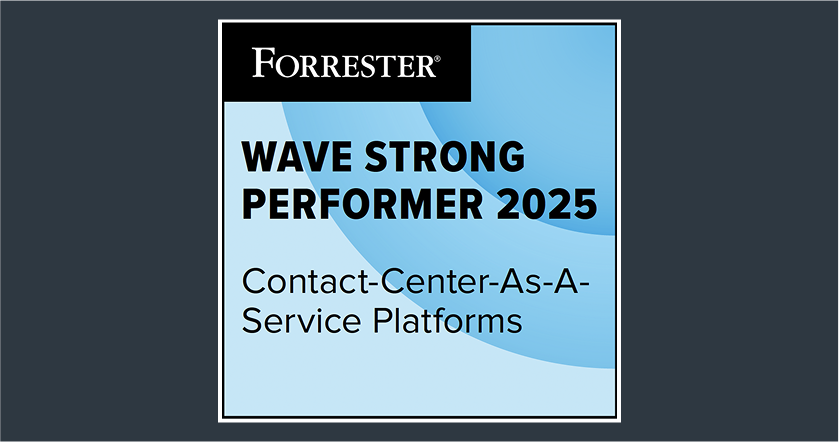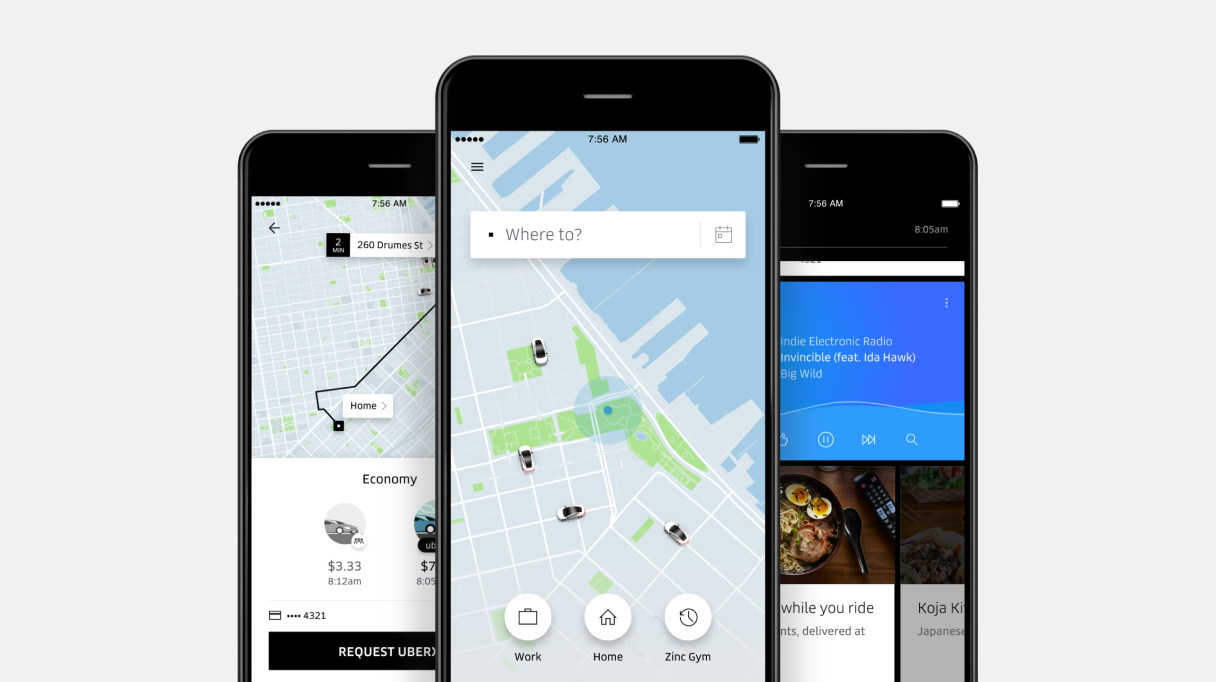What is customer experience marketing?
Customer experience marketing is a strategic approach that focuses on creating and managing positive interactions between a brand and its customers throughout their entire journey. This involves understanding customer needs, preferences and behaviors to deliver personalized and seamless experiences that foster loyalty, satisfaction, and long-term engagement. By prioritizing customer-centricity, businesses aim to build strong emotional connections and enhance overall brand perception.
Ultimately, customer experience marketing or CEM transforms marketing into a journey-driven strategy, where delivering a seamless, valuable and enjoyable experience for customers becomes the key to achieving business success.
Good to know: The customer experience management market will likely grow at a compound annual growth rate (CAGR) of 16.6% to $52.54 billion by 2030. This significant market growth makes it impossible to ignore the value of customer experience optimization as a strategic differentiator.
Key components of customer experience marketing
A successful customer experience marketing (CXM) strategy typically includes the following key components:
Customer journey mapping: CX marketing begins with customer journey maps that identify customer pain points by visualizing every touchpoint and transforming them into opportunities that enhance customer experience.
Personalization: About a third of all customers expect personalization as a basic customer service standard. Therefore, CEM must include tailored services, content and messaging that resonate with individual preferences.
Omnichannel experiences: Each modern customer interacts with businesses across 23 social and 11 messaging, chat, SMS and email channels. It is imperative that customer service channels deliver a consistent experience everywhere to build trust.
Proactive engagement: Being reactive to customer issues is an antiquated approach. Today’s customers expect businesses to anticipate their needs before they arise and provide proactive support, making it a crucial part of CX marketing.
Feedback loops: Understanding what works and doing more of it is another tenet of CEM. This involves customer feedback management that goes beyond feedback collection.
These elements come together in CX marketing to ensure customers feel heard, valued and consistently engaged throughout their journey with your brand.
Customer experience marketing vs. Customer service marketing
Customer service marketing is a strategy that integrates marketing efforts with customer service practices to enhance customer satisfaction and loyalty. It involves promoting the quality and value of customer service as a key differentiator, ensuring that every customer interaction reflects the brand’s commitment to exceptional service.
While CX marketing is geared towards overall brand perception and engagement across all points of the customer journey, customer service marketing focuses on resolving specific issues during interactions. Both customer experience marketing and customer service marketing are geared toward improving brand perception but they differ widely.
Aspect | Customer Experience (CX) Marketing | Customer Service Marketing |
Focus | Creating a holistic and positive perception of the brand through all customer interactions | Integrating marketing efforts with customer service practices to enhance customer satisfaction and loyalty |
Target audience | Current and potential customers at all stages of the customer journey | Customers in need of support or information about products/services |
Methods | Personalized marketing, omnichannel experiences, data analysis and creating brand experiences | Quick and effective customer support across various channels, proactive outreach, implementing knowledge bases and self-service options |
Metrics | Net promoter score (NPS), customer satisfaction (CSAT) scores, customer engagement metrics (likes, shares, comments) | First response time (FRT), average resolution time, CSAT for service interactions |
Outcome | Enhanced brand perception, long-term engagement | Strong relationships, positive word-of-mouth |
6 benefits of consumer experience marketing for businesses
A long-term investment in customers is imperative for any business to succeed. Consumer experience marketing communicates to customers why they are important through actionable steps. Here are the top benefits of CX marketing:
1. Higher customer loyalty
The tenets of CX marketing include two important components that foster customer loyalty in the long run: customer appreciation and personalization. When customers feel understood and valued, 74% of them will remain loyal to a brand, customer experience analytics cited above show. Personalized services also contribute 1.5 times more to loyalty than brands that don’t provide it.
Take Netflix, for instance. The streaming service is the number one go-to for millions of movie buffs because of the tailored film recommendations users get. Features like watchlists, resuming watching from the previous dropoff point and multi-channel support all contribute to an easy and valued experience.
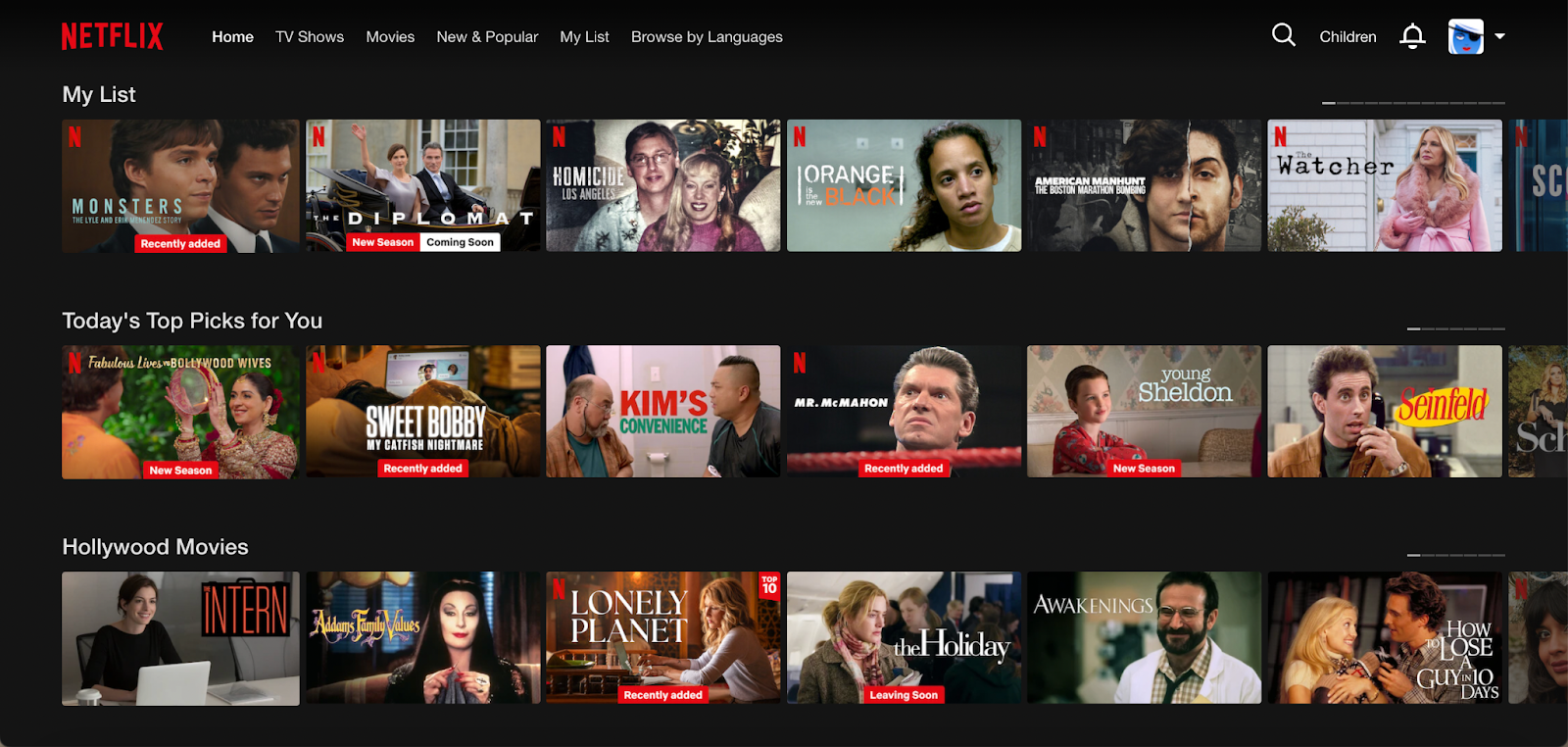
Quick read: How to personalize content for effective marketing
2 Improved customer retention
Loyal customers are built through strong connections. Customer service statistics from Harvard Business School have found that about 95% of the time, emotions guide buying decisions. CX marketing appeals to the emotional side of customers through personal marketing and product suggestions, empathetic support, consistent value creation and frequent interactions that encourage habit formation. This leads to higher customer retention and reduced customer churn because customers build an attachment to a brand that is based on trust.
3. Increased customer lifetime value
Satisfied and loyal customers have a higher customer lifetime value (CLV) than those who are not particularly thrilled with your brand’s services. CLV is the amount of money a single customer spends on a brand throughout their lifetime of interactions with it.
This is an important metric to stay on top of because:
Converting a new customer is up to 25x costlier than customer retention.
An existing customer is 60%-70% more likely to buy from your business than a new customer, whose odds are between 5%-20% for a sale.
Customer service marketing is an excellent strategy to remind customers why they should stick with your brand rather than pursue a competitor.
4. Stronger brand reputation
Nike’s Air Jordans are famous now but in the 90s, it was Will Smith who cemented the sneakers’ spot in pop culture when he wore them in The Fresh Prince of Bel-Air. As more people started buying, they often recommended Nike for its ease and after-sales care. Research suggests that 81% of people look to recommendations from influencers, friends or family before considering a purchase.
Consumer service marketing ensures that customer value is the true north star for a business and is communicated in a way that builds brand advocates, thus leading to higher conversion of new customers as well.

Nike “sneakerheads” often take to social media to talk about their buys, building stronger brand connections.
5. Actionable insights on consumer preferences
An important component of customer service marketing is collecting customer feedback. This gives a plethora of useful insights on customer habits, preferences and behaviors that help further refine customer service and product features.
For instance, Spotify’s innovative playlist Spotify Wrapped does not just gamify the audio listening experience for its users, but also gives the company a deeper look into what music its customers like. Spotify has then used this information to personalize its offerings and services further. The viral campaign has been a big hit with over 156 million users engaging with it because of its personal touch and ease.
Useful read: Top 11 customer feedback tools for 2024
6. Better employee engagement
The benefits of CX marketing are not limited to customers. When employees see the impact of positive customer experiences, it boosts their engagement and productivity too. Happy customers buy more but are also often generous with feedback and ratings, which can play into customer service agents’ reviews. This can improve employees’ connection with the brand and motivate them to provide better experiences to customers.
How to build and deploy a customized CX marketing strategy
Building a customized customer experience marketing strategy is crucial to have a streamlined process to address key pain points that are blockers to customer satisfaction and loyalty. Below is a step-by-step guide to building and deploying a tailored CX marketing strategy.
1. Identify customer needs
Without a deep understanding of customer needs, you risk offering irrelevant customer experiences that can lead to disengagement or churn. As a first step to customer service marketing, you can map customer needs through surveys, focused customer segmentation and analytics to pinpoint pain areas. This can aid with creating personalized experiences based on customer desires and customer behaviors that will resonate with your audience.
Boost conversions by up to 200% through segmentation
Research says 47.1% of companies that exceed revenue goals have distinctive customer personas. You can leverage audience insights to create unique personas. Sprinklr's smart insights tool uses AI to segment customers based on interests and needs in 30+ areas. When you know a customer’s preferences in media, sports, products or other topics, you can personalize marketing based on these quirks.
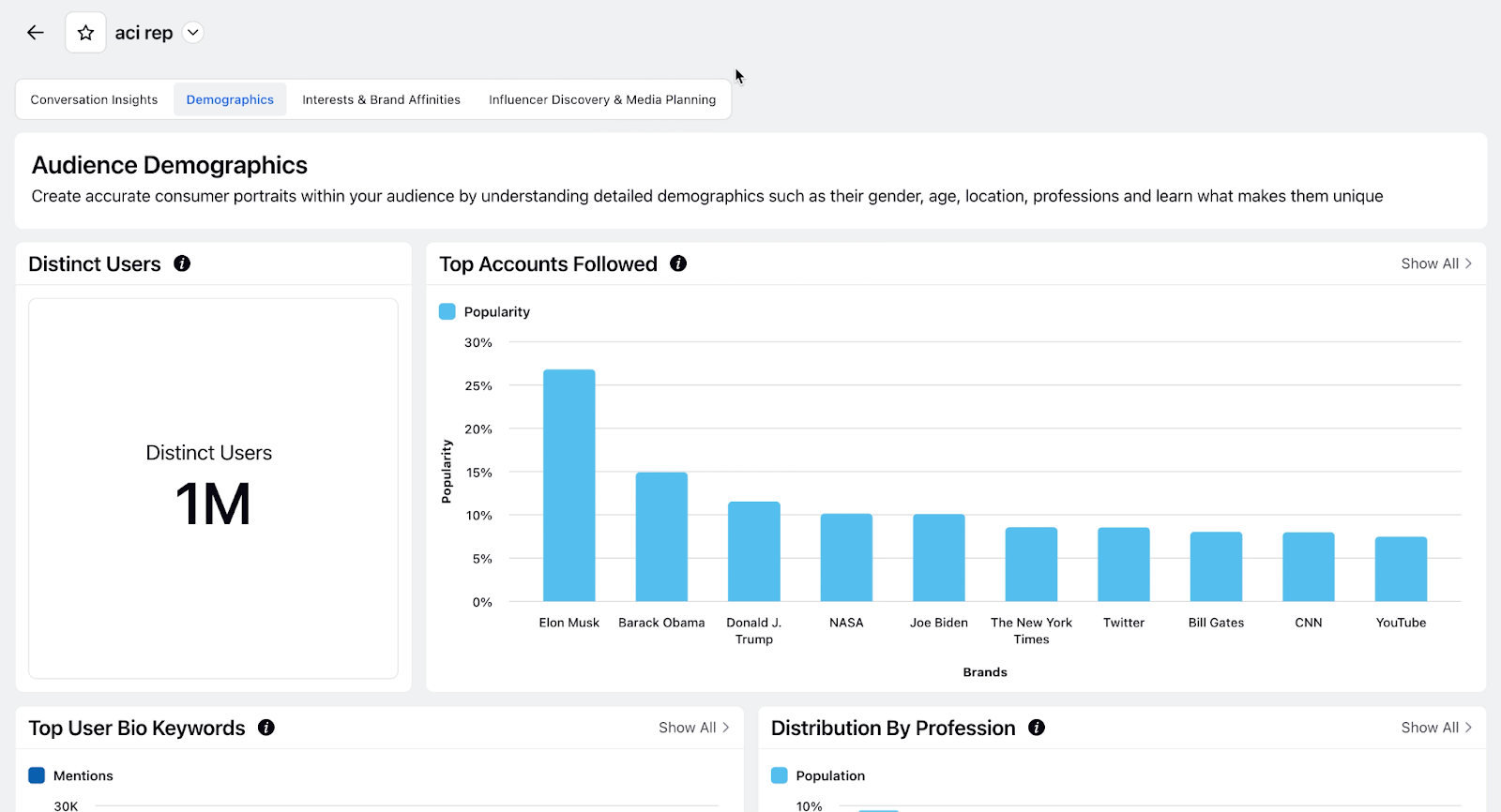
With Sprinklr, you can:
Create custom audience segments based on social signals, audience profiles and engagement metrics
Leverage eight pre-built dashboards to act fast on dynamic customer needs
Uncover new business opportunities from real-time insights
Reduce costs through custom marketing
2. Set clear goals
Setting clear CX goals gives your marketing strategy direction. Without specific targets, it will be challenging to decide how to implement, measure or determine the impact of your CX marketing initiatives. While defining goals, ensure they align with larger business objectives and are specific.
Pro tip: Choose goals that are SMART — Specific, Measurable, Achievable, Relevant and Time-bound. For instance, your goal may be to improve your Net promoter score (NPS) by 20% in a quarter. Your CX marketing efforts can then work to achieve that goal.
3. Map the customer journey
Mapping the customer journey lets you visualize the customer path when interacting with your business. By identifying key touchpoints, you can design interactions that are seamless and satisfying. A customer journey map also highlights areas for improvement and lets you proactively address gaps.
Best practice: What channels do your customers interact with you through the most? Your customer journey map should not just identify these channels but also understand the factors that influence their channel choices. For e.g., more than 50% of retail customers who have an urgent issue want support on the phone while 30% are okay with text messages. Knowing this and integrating different service channels through journey mapping can create a truly omnichannel customer experience.
4. Use customer feedback smartly
Without direct feedback from customers, you are likely to miss hidden pain points or fail to recognize opportunities that could improve your customer service marketing efforts. Apart from customer surveys, you can also look into social listening tools, live chats and call analytics to understand gaps in the customer experience. Acting on feedback quickly and telling your customers about it can turn unhappy customers into loyal advocates.
Pro tip: Don't overlook the value of feedback from your customer-facing employees. They often have firsthand knowledge and can provide valuable insights into recurring issues, common questions and areas for improvement. This can also foster a culture of collaboration.
5. Focus on workflows and implement training programs
Marketing efforts need to be integrated with company workflows for consistency in customer interactions across the board that bolsters smooth and predictable customer experiences. As a company, you must develop workflows so your team can manage all customer interactions equally well. Training programs will ensure your employees are better equipped to create positive experiences that meet customer expectations.
How do you create a guided workflow to support agents? Watch below:
6. Leverage technology
To create effortless and personalized CX marketing experiences, technology support is imperative. From integrated CRM systems to AI chatbots, advanced tech tools can redirect mundane tasks to marketing automation software and only keep important tasks with human resources. For instance, an analytics tool can help with understanding key customer pain points. This way, marketing personnel can focus on finding solutions and implementation strategies to resolve the problem. This can facilitate a cohesive and harmonious journey for every customer.
Unlock the next level of marketing and customer service
Want to revolutionize CX marketing? Integrate Sprinklr AI+ with its generative capabilities to:
Automate marketing tasks including content ideation, campaign brief generation and social media post creation
Gain faster insights with actionable recommendations
Supercharge productivity
AI insights into different marketing and CX elements can help create a refined strategy.
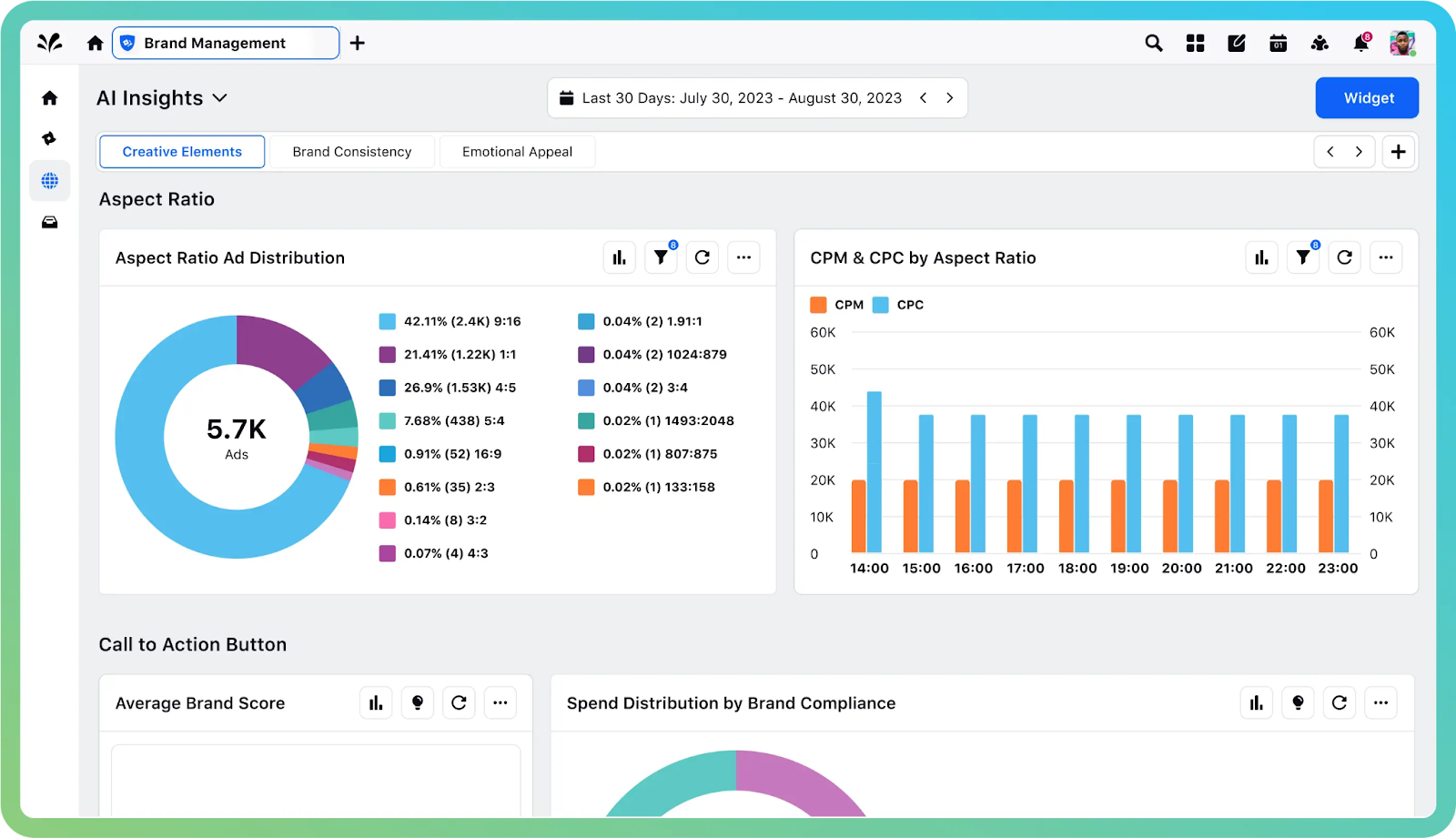
7. Test, measure, refine and scale
Once you have a cohesive CX marketing strategy that has been put into action, you must continuously test and refine it based on success rates. What works for one customer segment may not work for another audience. Using the clear metrics defined at the goal-setting stage, you can measure the efficacy of your strategies and then improve upon them to identify what works best for your customers.
Pro tip: While quantitative data is excellent for measuring success, qualitative insights from customer stories or testimonials can also provide deep, context-rich perspectives on how your CX marketing strategies resonate with different segments.
Top metrics to measure customer experience marketing efforts
Once you have implemented your customer experience marketing strategy, you must also monitor its success. Using certain key performance indicators (KPIs) that provide insights into customer sentiment, satisfaction and long-term value, you can keep track of how effective your CX marketing is. Below are five critical KPIs for measuring CX marketing success:
Net promoter score (NPS): NPS calculates customer loyalty directly from customers by asking how likely they are to recommend the brand to others. A high NPS indicates strong customer advocacy, reflecting positive experiences with the brand.
Customer satisfaction (CSAT): CSAT measures how satisfied customers are with brand interactions. Gathered via post-purchase or post-interaction surveys, it helps understand what works and identifies areas of improvement in CX touchpoints.
Customer lifetime value (CLV): CLV is a good indicator to understand a customer’s long-term engagement with your business since a high CLV indicates loyalty and profitability.
Customer acquisition cost (CAC): CAC measures how much it costs to acquire a new customer. Lower CAC is a good indicator of efficient use of resources and effective communication that aligns marketing and customer service.
Churn rate: Customer churn rate tracks the percentage of customers who stop doing business with a company over a given period. A low churn rate indicates strong customer retention, signaling that CX marketing strategies are keeping customers engaged.
Learn More: How to Reduce Customer Churn: Top 7 Strategies
Inspiration for customer experience marketing in 2024: Real-world examples
Often, there are existing brands in the market that have paved the way with things they’ve done right. Taking inspiration from companies that have excelled at customer experience marketing can be one of the best ways for you to get started on your own journey. Here are some ideas for you to get started.
Share a Coke: Masterclass in personalized CX marketing
Coca-Cola’s iconic Share A Coke campaign is a shining example of how personalization in customer experience marketing can go a long way. First launched in 2011, the beverage brand took its existing logo and added a simple catchphrase followed by popular names and slang to its bottles. Over a decade later, it continues to pull in millions of customers, dollars and impressions.
Why was it so successful? Coca-Cola tapped into two key elements: understanding the audience’s emotional needs and turning them into user-generated content (UGC). Even today, 70% of Gen Z consumers crave a greater sense of belonging and community, which they believe brands can provide. By personalizing their product with names, Coca-Cola turned a simple thirst-quencher into a powerful emotional connector.
They further adapted to the digital age by encouraging consumers to share photos on social media with the hashtag #ShareACoke. This UGC strategy sparked an explosion of online content, driving engagement and increasing brand loyalty. From individual customers to celebrities, people have used #ShareACoke to make emotional connections.
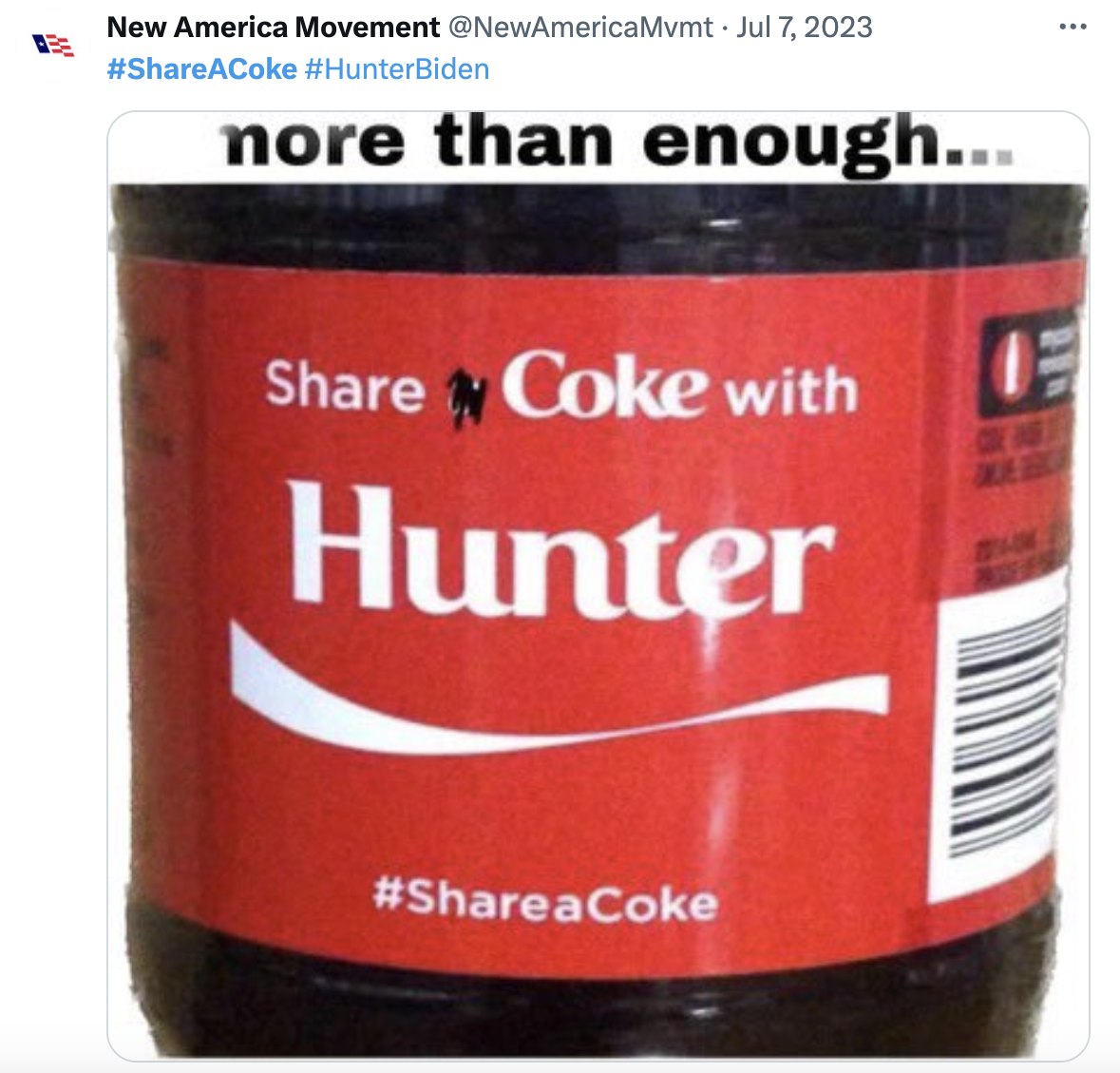
Benchmarked, streamlined, automated: A luxury airline’s unified success
A leading luxury airline that was known for its hyper-focus on prioritizing passenger comfort needed to tackle growing competition. Its rivals had caught up so the airline pivoted to innovate its customer experience (CX) strategy. Despite its customer-centric reputation, one of the biggest challenges the airline faced was fragmented data management. Social media and direct messages were handled by separate teams and manual insight management made it difficult to get a comprehensive view of customer sentiment, therefore making CX improvements and marketing efforts difficult.
The airline adopted Sprinklr’s Unified CXM platform that:
Integrated social channels, giving agents a channel-agnostic tool to efficiently manage customer inquiries across platforms like social media, review sites and Google.
Helped it establish baseline CX metrics by refining its dashboards. This helped it achieve better granularity by gathering data from various sources, including review sites, app store reviews, call center logs, market research and surveys. This comprehensive approach provided a unified source for the company’s CX efforts, tackling the challenge of quantifying the intangible ROI often linked to CX projects.
As a result, the airline was able to handle crisis situations with ease, personalize customer experiences at every stage of the customer journey and listen to pain points on social media to base critical business and marketing decisions on to refine the overall customer experience.
You too can improve your customer experience and marketing efforts with Sprinklr’s unified solution that combines customer service, insights, marketing and social tools for optimal customer experiences. Why not take a quick tour of what it can offer?
Frequently Asked Questions
Top CX marketing trends for 2024 are:
Personalization based on analytics
Omnichannel experiences
AI for real-time support
Focus on emotional connections
related products
Thank you for contacting us.
A Sprinklr representative will be in touch with you shortly.
Contact us today, and we'll create a customized proposal that addresses your unique business needs.
Request a Demo
Welcome Back,
No need to fill out any forms — you're all set.
